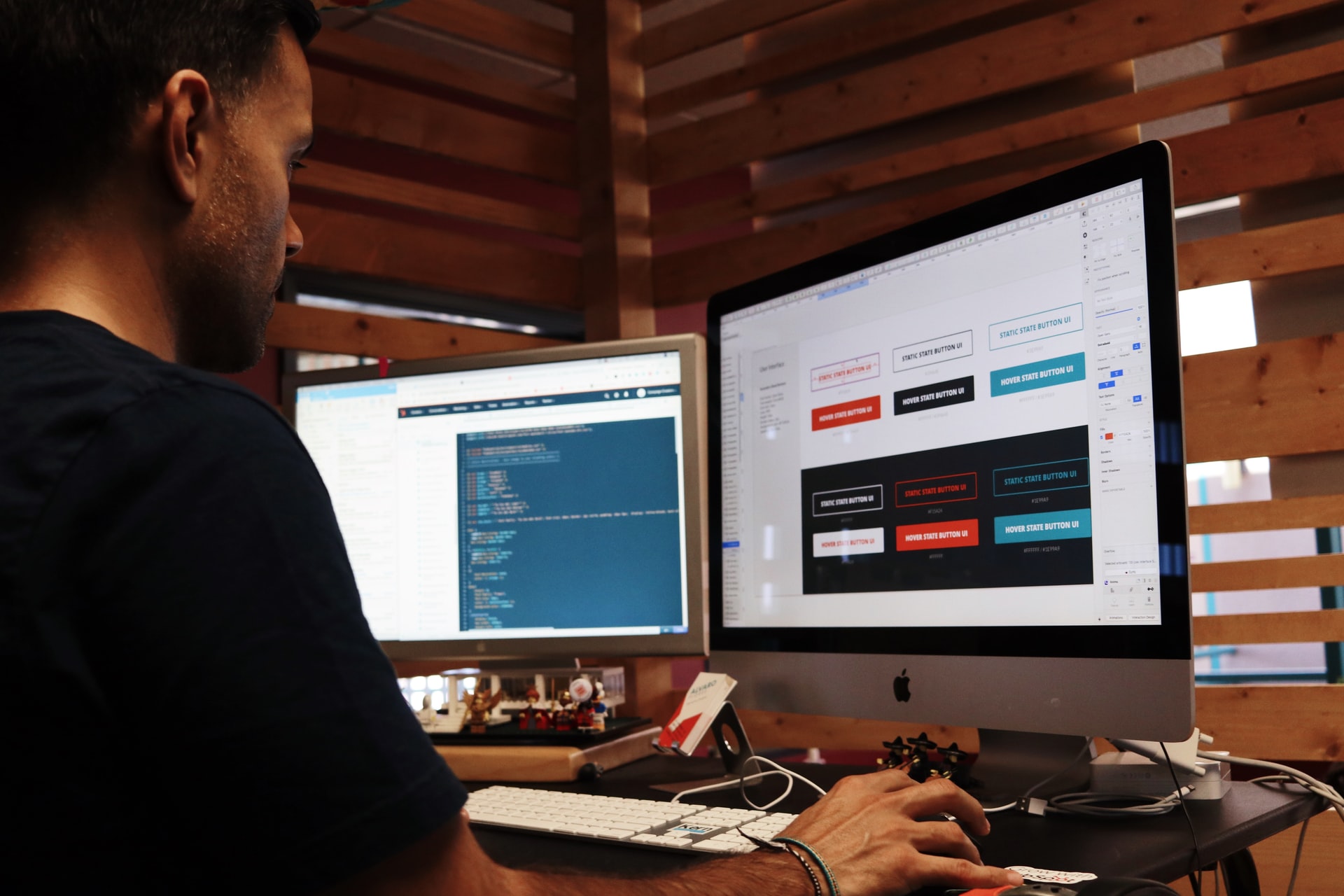Nikka Estefani
Category: Design Tips
Human beings are rational beings. As rational beings, humans think and make decisions in terms of logic and reason. Hence, it only makes sense to create a design that seems “reasonable” or “rational” to appeal to our rationality. However, rationality is not the only one that designers should think about.
Aside from being a rational being, humans are also emotional beings. Therefore, our decision-making and thinking process are also influenced by our emotions, for better or for worse.
To illustrate the role of emotions in our thought process, just think about the time when you picked up a chocolate bar simply because the packaging is colorful or is simply cute. You do not know how it tastes yet, but what caught your attention is the appeal of packaging alone. This example can also be applied to different products – books, clothes, CD (movies or video games), etc. In fact, even app icons play a role in grabbing a user’s attention.
Therefore, when you are designing your product’s user experience, you should consider how your design will affect or influence the emotions of your users. But how? This article will show you just that!
So, without any further ado, let’s get started!

How Emotions Play a Role in UX Design
Although we are rational beings, we don’t make sense of the world through reason and logic only. In fact, emotions play a huge role in making sense of the world around us. For instance, we paint the world into “positive” or “negative” experience – “This burger tastes good, I’m going to buy one again next time!” “This app loads very slowly! I’m just gonna uninstall it!” Obviously, we tend to repeat the positive experience (e.g. buying the tasty burger again) and avoid the negative ones (uninstalling the slow app).
UX design actually touches the heart of emotions since its aim is to deliver positive experience to its users. It is one thing to simply deliver the information or data being looked by the user, but it is a totally different thing to bring that information or data in a convenient manner – consciously or subconsciously, the users will remember the positive experience of convenience brought about by your design, and this can make them want to use your product again.
Introduction to Emotional Design

A specific approach that integrates design to emotions is called “emotional design”. According to Interaction Design Foundation, emotional design is the “concept of how to create designs that evoke emotions which result in positive user experiences.”
Emotional design aims to touch users based on three cognitive levels – visceral, behavioral and reflective. Don Norman developed an approach of design that approaches the said cognitive levels. This is called the “Don Norman’s 3 Levels of Design”. In the nutshell, here’s how the Don Norman’s 3 Levels of Design work:
The “visceral design” concerns with the appearance of the design. In our example of the chocolate bar above, the appeal of the chocolate bar’s packaging takes on the visceral design, making the appearance or outward manifestation of the design appealing to the potential user or customer.
The “behavioral design” concerns with the usability of the design. In a way, this is somehow the essence of user experience or UX – it’s all about designing for usability and providing a good overall user experience. In behavioral design, the designer figures out on how to create a design that is seamless and convenient for the user – basically what usability and UX is all about.
Finally, we have the “reflective design”. Reflective design is the highest level in the stages of emotional design. In reflective design, the designer does not only think of how to design to attract the user (visceral design) nor thinking on how to design a seamless product or system (behavioral design); the designer thinks how his or her design could appeal to the higher emotional states of his or her potential users.
To see how the 3 Levels of Design work, let’s consider how a phone is made in the lens of emotion design:
- Visceral – the appearance of the phone should be appealing (e.g. the phone is slim and sleek, or that the phone’s screen offers high-quality resolution).
- Behavioral – the phone is designed in a seamless and convenient manner. For instance, the ad may showcase how new features add to the better usability or convenience for the phone’s users.
- Reflective – the phone would probably be portrayed as a new technological innovation because of its new distinct features. This gives you a feeling that what you’re using is something really new, regardless of how true or not it is. Some companies may also simply use their brand as part of their reflective design – for example, anyone that’s a fan of Apple would be happy to own one.
Final Thoughts
Emotions play a big role in the decision-making and thought process of humans. Therefore, we must aim to design not only to appeal to our rational design, but also to our emotional design.
Basically, the ultimate goal of emotional design is to make a design that provides positive experiences to the user. When that is achieved, the user will remember these positive experiences, consciously or subconsciously, and this in turn may want them to use your product again and again.







